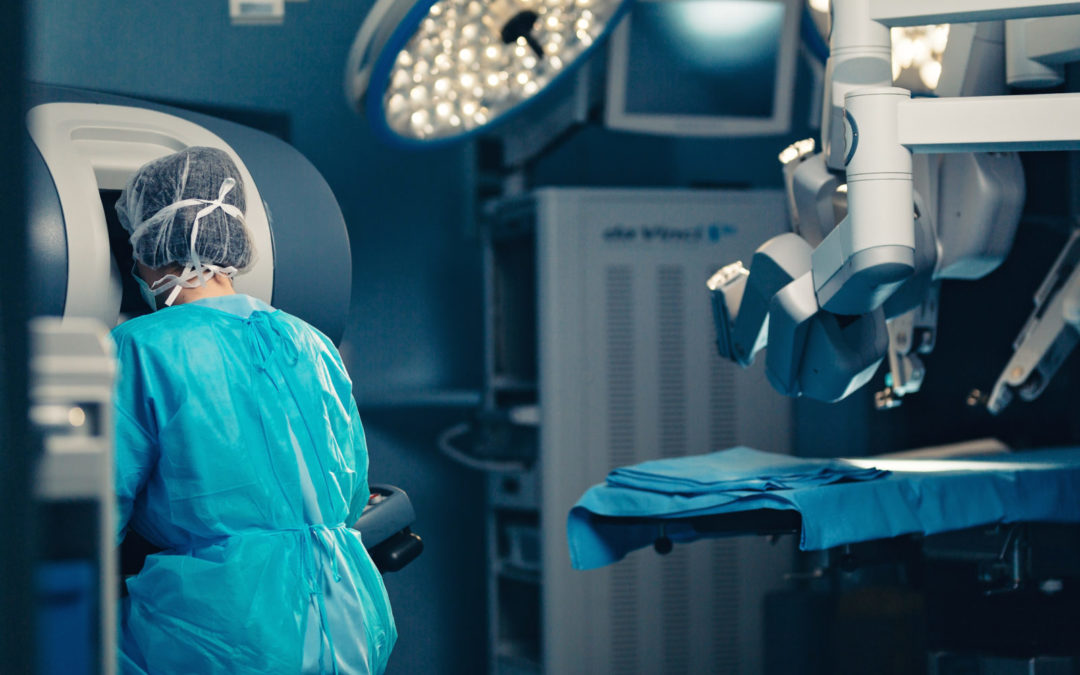The robots are coming! The robots are coming! Adapting Paul Revere’s call to arms, we are told that robots are coming and that they will take our jobs. The capabilities of automation advance daily; however, the significance of the technical challenge looks to be underestimated.
- Established Robotics Applications Are Growing
- Significant Technical Challenges Remain
- Technical Achievements Are Most Evident in Home Appliances
After a long static period, the market for industrial robots has grown for nearly a decade. Robotic arms have proven effective and efficient in welding, painting, slicing, and fastening as long as the robots are stationary and the part to be welded, painted, sliced or fastened is moved into exactly the position that the robot requires. Auto manufacturing makes extensive use of electro-mechanical robots, and food and beverage production and packaging are close behind. Germany’s ABB has the largest installed base of these products, and Japan’s steady Fanuc and innovative Yaskawa are highly regarded. The big event in this segment of the robotics industry this year is Fanuc opening a new factory in August. Their production capacity is expected to nearly double. The use case for industrial robots is well understood, and the market has grown at a five-year average growth rate near 30% to $35 billion in size. China and Korea have made the most significant financial commitments to industrial robots, taking about half of industry production in recent years. To the extent that robots are taking jobs, it is likely occurring in the Auto and Food industries, mostly overseas.
Overcoming a few early hiccups with patient outcomes, surgical robots have established a market niche in previously difficult and invasive procedures. Like the industrial robots, surgical robots are stationary and their subjects are positioned in a particular place (sedated on a table). Intuitive Surgical is the market leader with share in the 30’s, and the American market has the largest installed base of surgical robots. The market for surgical robots exceeds $10 billion in revenues, and it is growing at a mid-teens rate. New developments in the surgical robot industry employ telepresence, a physician operating the robot from a remote location, and if successful, remote operation (pun intended) may justify more than one robot per surgeon. Separate from surgical robots, medical applications for robotic exoskeletons look to be getting development funding. Back to the surgical robots themselves, they have proven effective in selective surgeries and use cases are expanding. Recovery rates are reportedly faster for robotic surgical procedures, so they may be taking a few jobs from hospitals and rehab facilities.
Both industrial robots and surgical robots are, for the most part, stationary. Mobility opens new horizons to robot use, yet balance, change in elevation, and physical obstacles are challenges not yet overcome by the industry. As such, early successes in robot mobility have occurred in airborne, and, more recently, waterborne drones. Estimates put the UAV airborne drone market at $10 billion, with about $8 billion being defense-related equipment. The UAV market is growing at a low-teens rate as the $2 billion commercial market has been slow to develop (regulatory impediments). Advances in the drone market most recently seem to be in the under-sea area where there are many reports of drone submarine prototypes. UAV’s may be creating more jobs in the data center than they are losing in the cockpit.
The robotics markets are not very big, $55 billion in total, and only the industrial applications are fast growing. One reason that industrial robots may be attracting more customers is that they are the only robots that currently function in fully autonomous mode. The ultimate goal for robots is that they operate autonomous, without human piloting or intervention. Surgical robots are manipulated by doctors, and UAV’s are steered by pilots. Although fully autonomous modalities are only gradually becoming available, the markets remain excited about the independent function potential of robotics. Fully autonomous proficiency is likely necessary prior to robots becoming a significant threat to employment. Currently, fully autonomous only works in controlled environments, making it impractical.

